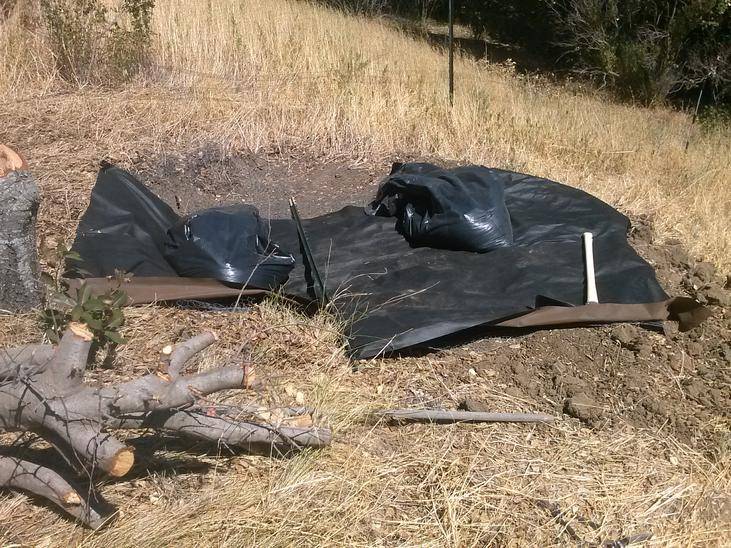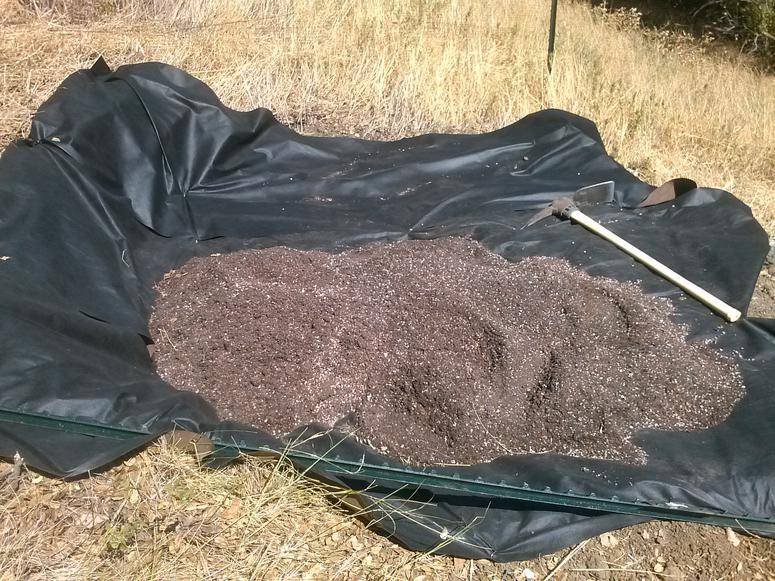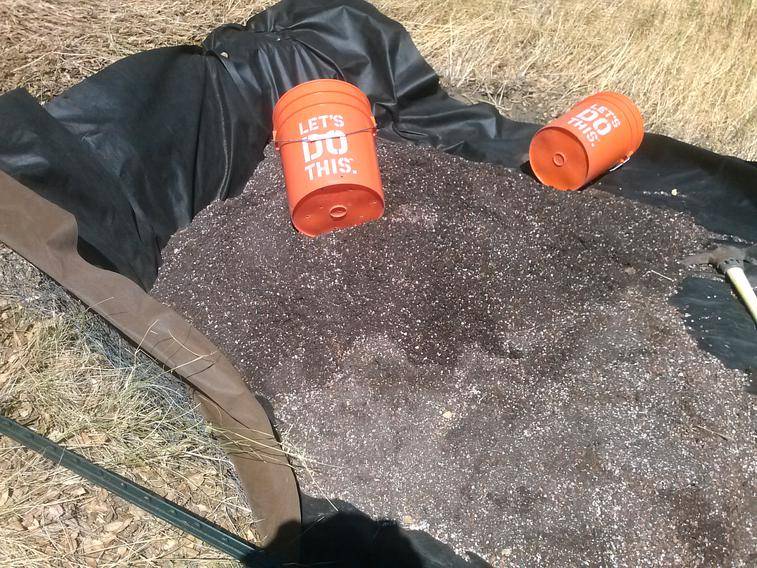analogcricket, so far tried neem oil root drench & Spinosad foliar. It's about time for another neem root drench, but the Spinosad foliar does not seem to be effective. I am also throwing in a little bit of BTi once or twice a week, as a larvicide for any potential fungus gnat larvae or other larvae it may be good for. I have bad experiences with neem foliar from my indoor experience, so I'm trying to avoid that but will give it a shot if nothing else works.
Got some BTk on the way, Dipel DF Pro. I didn't like the fact that Safer's Caterpillar Killer (BTk-based) has petroleum distillates; don't like spraying gas-smelling stuff if I don't have to.
Right now I'm just crushing them between my fingers whenever I see them. It's been at least a couple days since I've looked close and found one, but I'll check again to see if any progress has been made.
I've heard Imidacloprid works, but I'm trying to avoid that, too.
Have you had any visits from cucumber beetles? What have you tried, and have you been successful in eradicating them?
~~~
Got 100 down, 300 to go. At least for this spot.

Scrapped the smartpot plan and gonna try the mound style, all the cool kids are doing it. Plus I don't like my pots to be too much smarter than me. Straight up uneducated and ignorant, just the way I like 'em.

Love the graphics on the Home Depot buckets. Every time I wanna put the buckets down and pick up a bong, I'm newly energized by the motivational "LET'S DO THIS" and stuff. That's why I don't shop at Lowe's.

Got some BTk on the way, Dipel DF Pro. I didn't like the fact that Safer's Caterpillar Killer (BTk-based) has petroleum distillates; don't like spraying gas-smelling stuff if I don't have to.
Right now I'm just crushing them between my fingers whenever I see them. It's been at least a couple days since I've looked close and found one, but I'll check again to see if any progress has been made.
I've heard Imidacloprid works, but I'm trying to avoid that, too.
Have you had any visits from cucumber beetles? What have you tried, and have you been successful in eradicating them?
~~~
Got 100 down, 300 to go. At least for this spot.
Scrapped the smartpot plan and gonna try the mound style, all the cool kids are doing it. Plus I don't like my pots to be too much smarter than me. Straight up uneducated and ignorant, just the way I like 'em.
Love the graphics on the Home Depot buckets. Every time I wanna put the buckets down and pick up a bong, I'm newly energized by the motivational "LET'S DO THIS" and stuff. That's why I don't shop at Lowe's.
Last edited:

